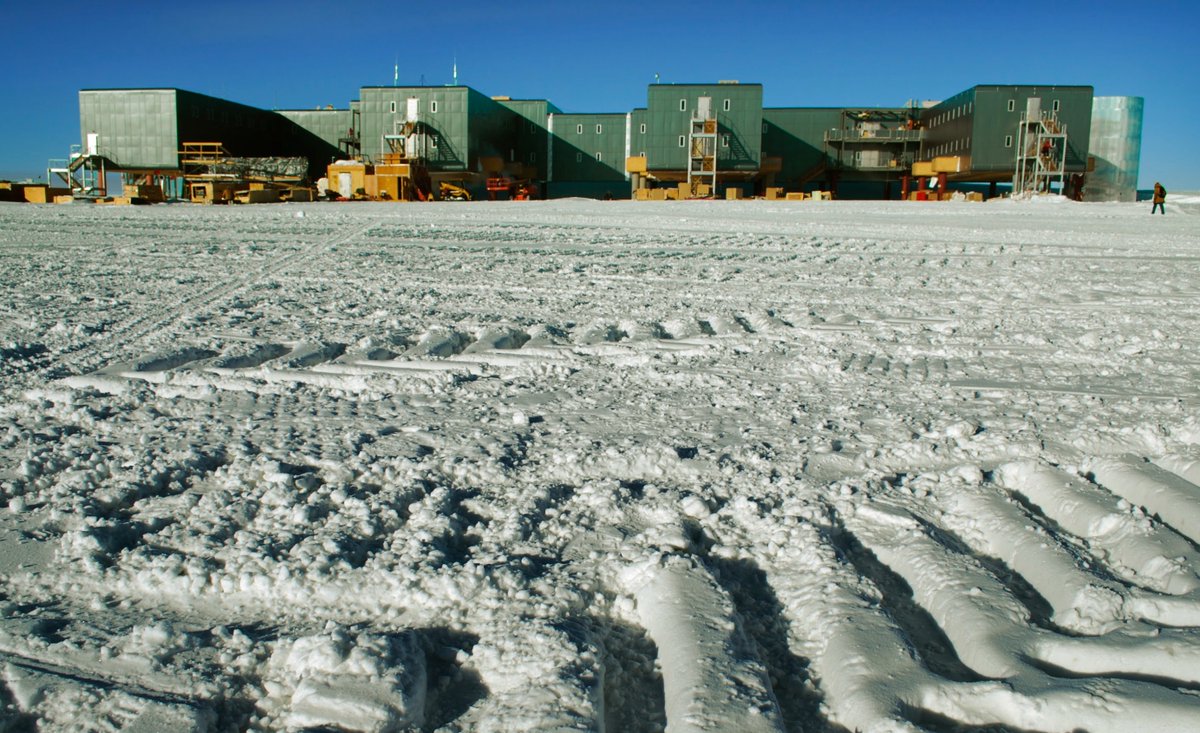
After college, I spent some time traveling and working, and improving my #sciart skills.
The first place I went was Amundsen–Scott South Pole Station in #Antarctica (the #southpole).
I worked as a dishwasher, met my future husband, and saw some pretty neat climate science!
The first place I went was Amundsen–Scott South Pole Station in #Antarctica (the #southpole).
I worked as a dishwasher, met my future husband, and saw some pretty neat climate science!

During the summer, most operations workers at #southpole live in "Summer camp" a half mile from station.
It is a cluster of Jamesway tents on the ice flat. Home sweet home!
The warmest day that summer was -9° F, and the coldest as I left was about -60° F. That is cold!
It is a cluster of Jamesway tents on the ice flat. Home sweet home!
The warmest day that summer was -9° F, and the coldest as I left was about -60° F. That is cold!

One of the coolest things down there is @uw_icecube IceCube Neutrino Observatory, doing some #neutrino #physics!
Sensors deep in the ice can catch neutrino interactions in ice (heavy water also works in mine shafts)!
Here's a nice #sciviz by Fermilab
Sensors deep in the ice can catch neutrino interactions in ice (heavy water also works in mine shafts)!
Here's a nice #sciviz by Fermilab
I'd love to return to there some day... just biding my time.
Anyone here doing #Antarctica research? Share with me, would love to hear what you're up to!
Anyone here doing #Antarctica research? Share with me, would love to hear what you're up to!
IMAGE ALT TEXT: Photo of a domed Jamesway tent on the Antarctic ice flat near South Pole Station. Tents are large enough to sleep 10 people.
IMAGE ALT TEXT: Photo of the raised The Amundsen–Scott South Pole Station on ice. View walking to station from the summer sleeping quarters.
• • •
Missing some Tweet in this thread? You can try to
force a refresh







